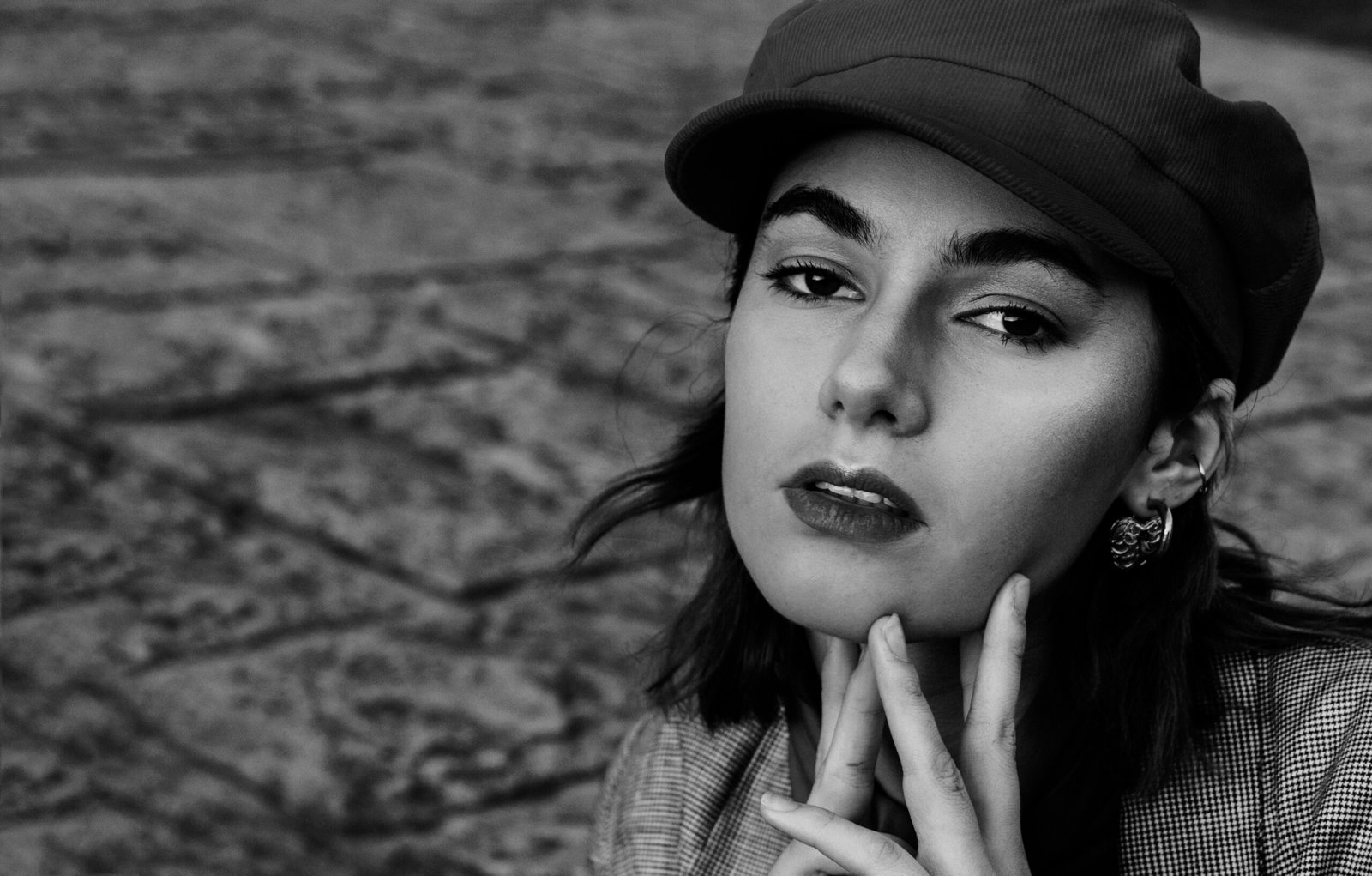
Of the most irrepressible varieties of art portrait photography, the camera captures in the face the very essence as well as captures many more emotions and expressions. To tell a thousand words in the form of an image, freezing just one moment where it can mean so much concerning the subject to narrate-it’s the real charm of portraiture with a spotlight: how not simply how someone appears but is.
A portrait can be simple or complicated, shot indoors or outdoors, formal or candid. Since no two people are alike, neither are the pictures taken of them. One cannot just point a camera at a person and shoot; to achieve the best portraits, one first needs to get to know that person, his personality, and his feelings. Most portraits that really capture the essence come from moments when the subject feels totally at ease and natural.
Connection of the photographer with the subject
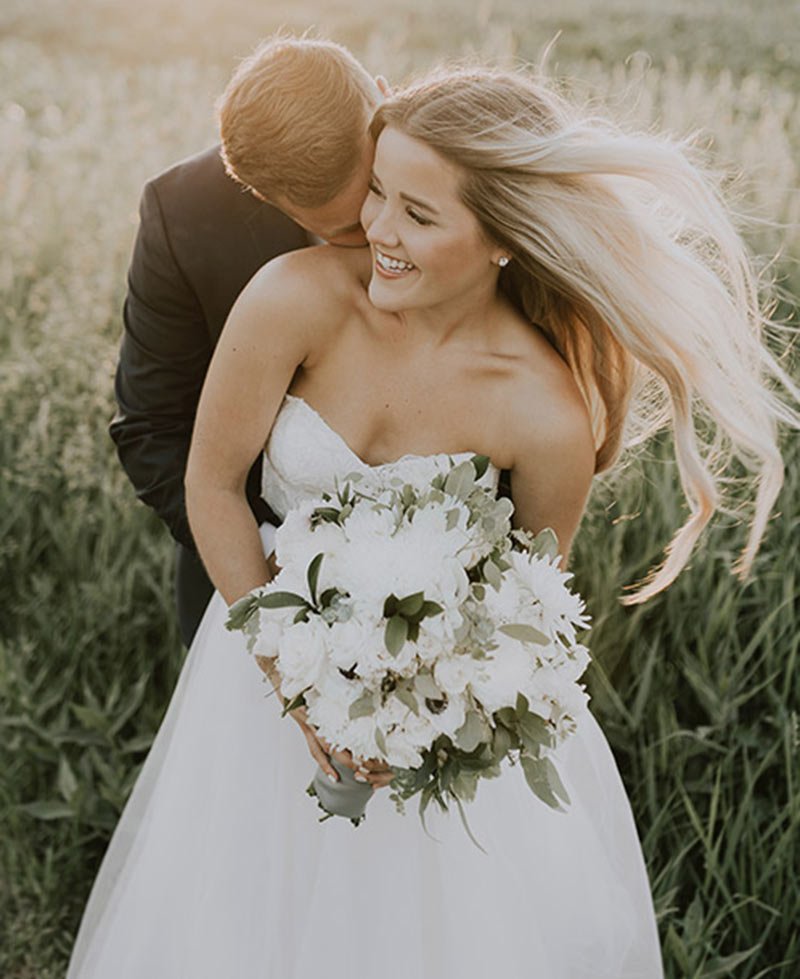
One of the most important aspects of portrait photography is that there is an involvement between the photographer and the subject. It is not a good portrait just in terms of technical ability but based on trust. A person who is feeling uncomfortable in front of a camera will never express naturally. That is why professional photographers of portraits usually take ample time to talk about things with their subjects, make them feel very comfortable and create an atmosphere where they feel at ease.
Sometimes, it is through talking. A good photographer talks to the subject in order to create a friendly atmosphere so that the subject can laugh or think seriously about what he is taking in the kind of portrait he requires. Sometimes, it is about offering the person something to do, like hold an object or look off into the camera, to turn attention away from themselves and, hopefully, off of their insecurities. It is a saying that appears and feels genuine.
Lighting and How It Affects Portraits
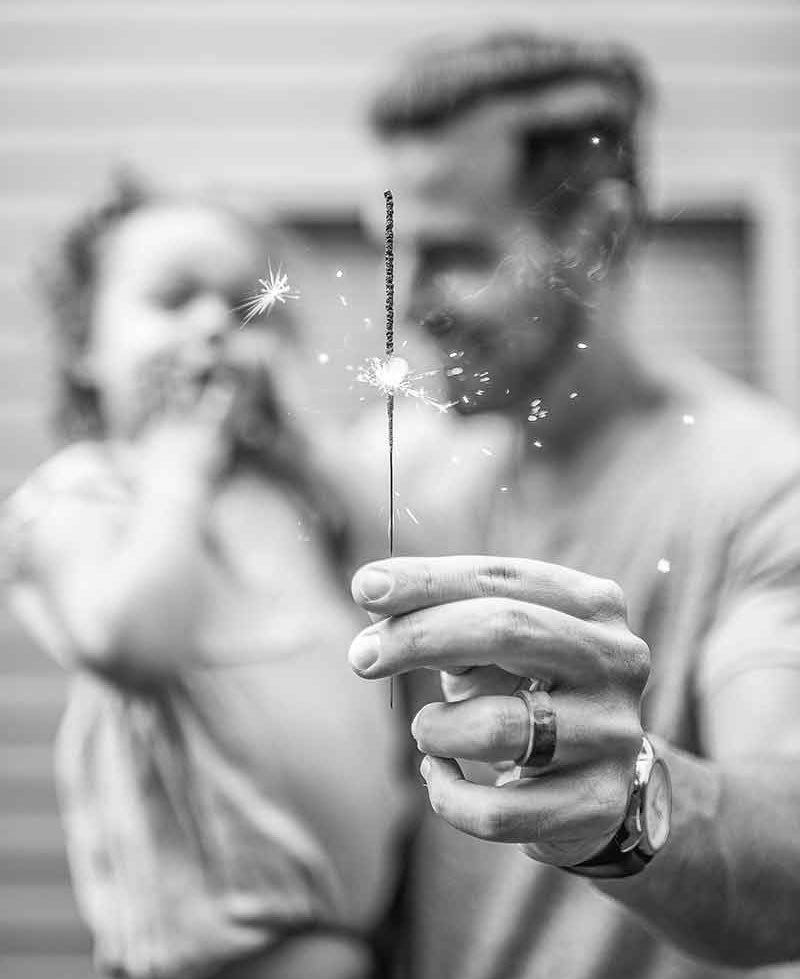
Lighting greatly influences the output of a portrait. Light can change the mood of a picture, bring attention to specific facial features of an individual, and even make a picture dramatic. Even photographing with natural light, for instance, the outcome is very soft and flattery with a touch when applied during golden hour, the time after sunrise or before sunset. Studio lighting offers a photographer the chance to work out entirely and possibly reproduce shadows and highlights.
Many photographers try different lighting techniques to get unique results. A portrait can be nothing short of breathtaking with just window light on it, but softboxes and reflectors bring that artificial light that gives shape to an image in unique ways. Moreover, shadows in a portrait photograph do not go to waste; they contribute to both depth and emotional expression in the picture. The more illuminated face brings a warm impression with soft shadows, and deep shadows frequently create great dramatic effects that are based on a strong contrast.
Composition and Framing of Portrait Photography
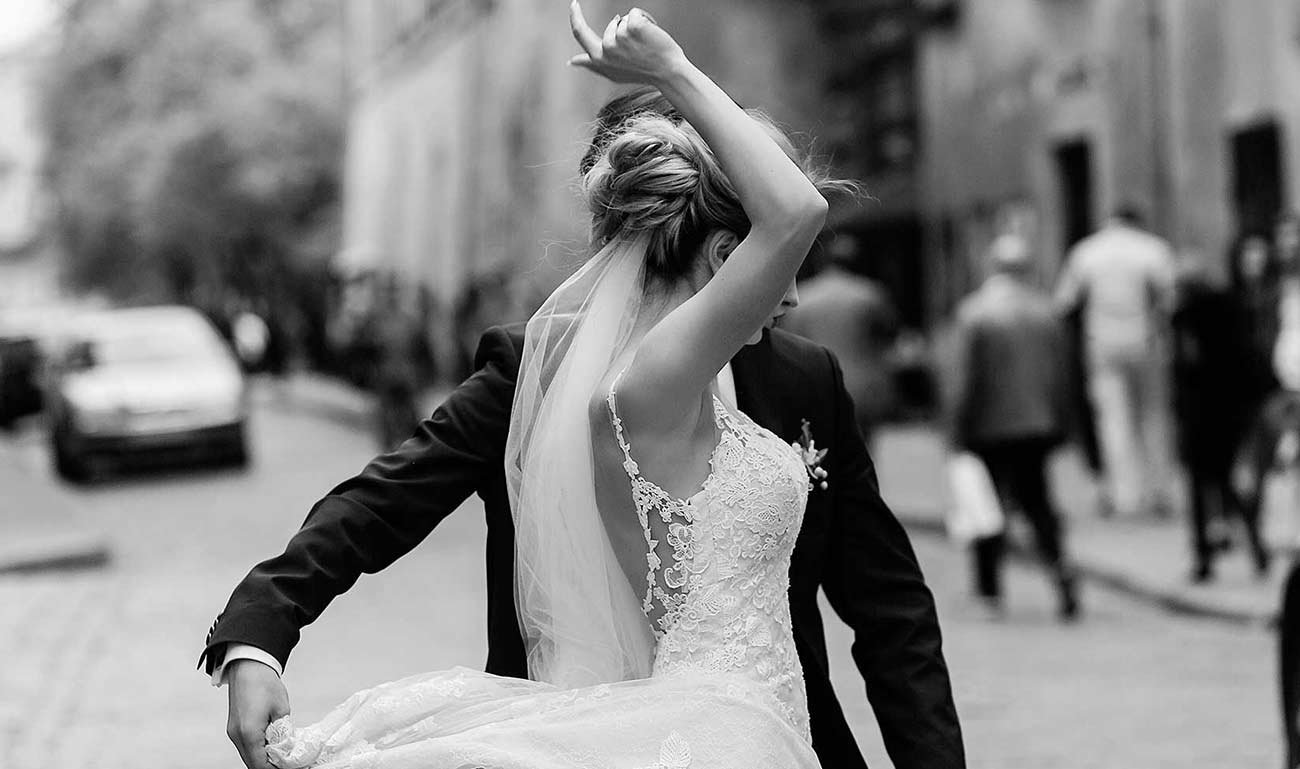
It is the composition of a portrait that makes all the difference about how it’s going to look and feel. The position in the frame, the background, and the angle of the photo give that final image. Some portraits are taken under the rule of thirds by placing the subject slightly off-center, while others center on symmetry with people placed right in the middle.
A nice background can be used to make the portrait even better, not worse. Most photographers like using simple backgrounds that will not detract from the person. Some use interesting environments to tell a story-an artist in their studio, a musician with their instrument, or a child in a playground. The shallow depth of field blurring the background allows the subject to stand out and gives a glimpse of the surroundings.
Role of Expression and Emotion
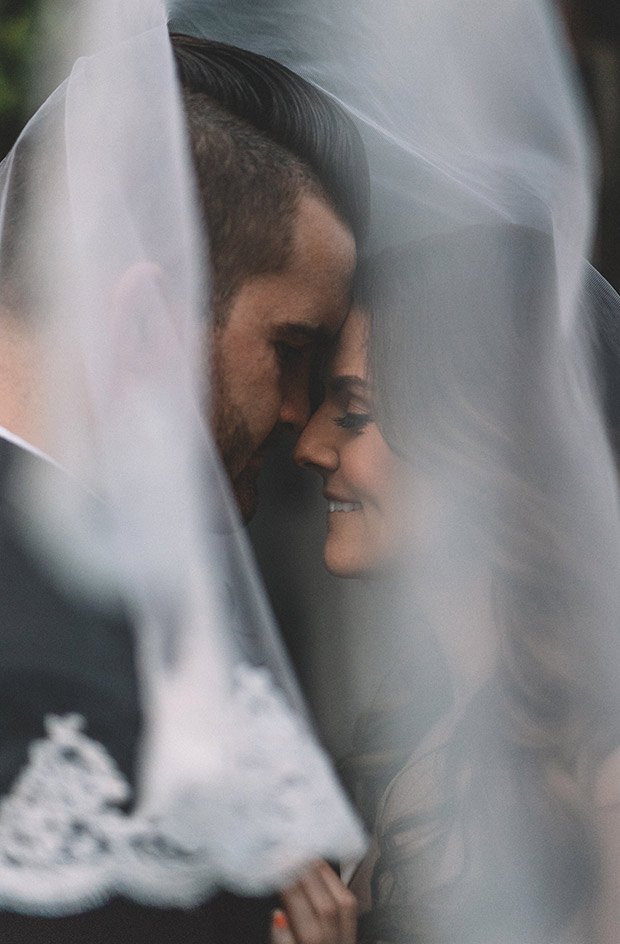
A good portrait is a face capture as well as feelings. A window to the soul, eyes said to be are one of the high points in giving the portrait life. Direct contact or direct gaze may be what has brought a subject directly into view with the camera, or not looking may create a mystery or thought for a subject.
Many times, photographers take their subjects through different emotions, which guides their expressions so that it’s the right expression for the picture. A small joke can make them give a natural smile, but something important in nature might make the subject talk thoughtfully and even with seriousness. All these make the portrait have the right look, since if it has to be natural then a forced expression might blur out the image effect.
The effect of posing in portrait photography
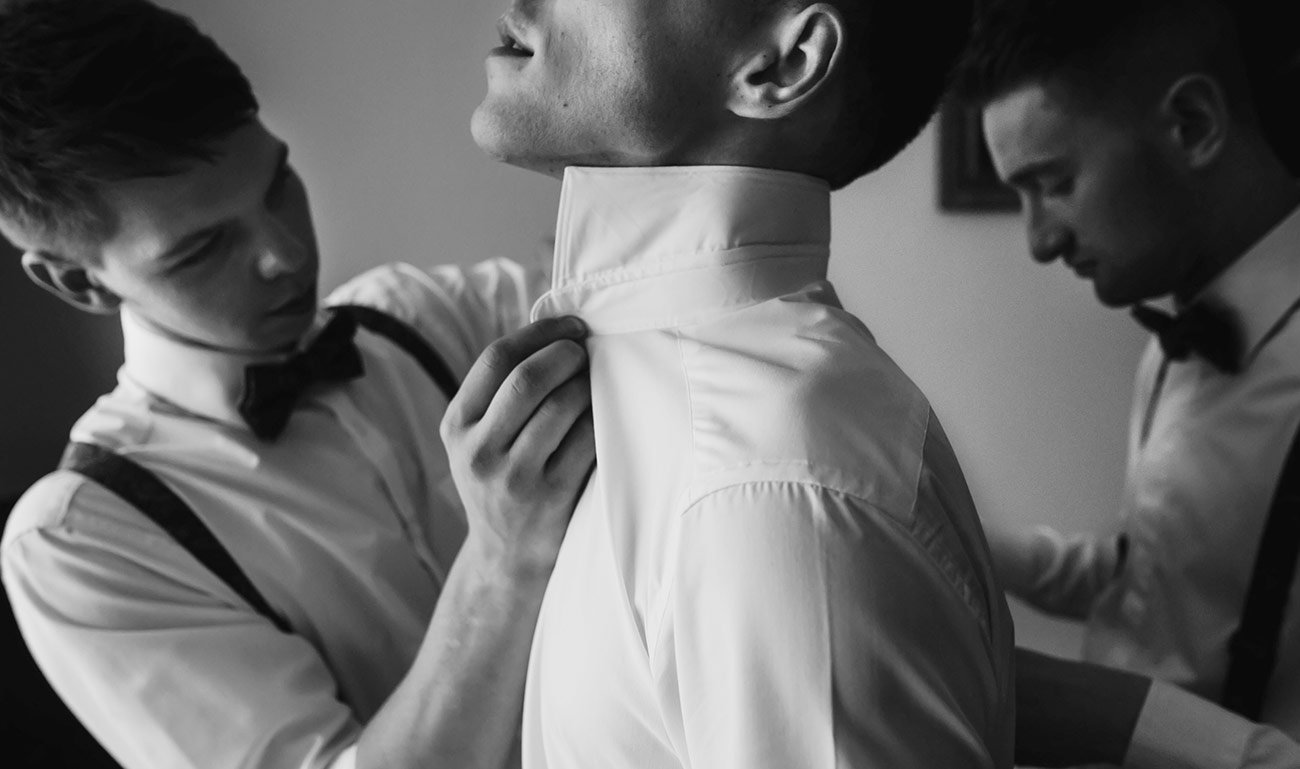
Sometimes, it is a pose that will make or break a portrait. Some subjects tend to feel awkward when in front of the camera and usually do not know what to do with their hands or bodies. A good photographer knows how to guide his subject into a natural and flattery pose. Sometimes, simple changes-for example, an angle of the face, the position of hands or posture-can make a lot of difference in the final image.
Some of them are stronger, some frailer. Only the tilt of the chin, a slouching shoulder, and the curve over the jowls alter everything for a photograph. It should not look set often; setups that work well come from a movement or else a small shift, like walking and straightening the hair or a head turned back again toward the lens of the camera.
The art of portraiture evolved much over time
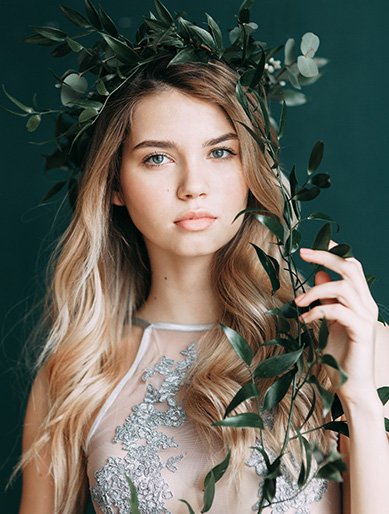
Portraits have indeed made several changes since the olden days of photography. The first portraits were when they had individuals sitting for long periods because shutter speeds were slow. These portraits seem serious and stiff but still possess a certain appeal.
Improvements in cameras brought dynamics to portrait photography. The film camera and, more so, the digital camera have opened the field of experimenting with angles, expressions, and lighting, previously impossible to do. With the use of smartphones and social media, nearly everyone is now a portrait photographer: self-portraits, informal portraits, and professional headshots.
However, in these developments, the essence of portrait photography has not changed at all-it’s still all about capturing that essence of human life in a sense that makes it real and significant. Be it a black-and-white artistic portrait or an amazingly colorful one, the great thing about any photograph is how well it makes contact with the person viewing it.
Final Words on Portrait Photography
Portrait photography is not just taking pictures of people but telling their stories, capturing their emotions, and preserving their moments. A good portrait is not just technical perfection but an image that carries in it a message with emotion.
It is indeed one of the finer arts that desperately needs patience, understanding, and creativity. However, whatever is done in this field-whether professionally or by way of passion- portrait photography is capable enough to create immortal memories and intense relationships. More importantly, it celebrates humanity face by face.

